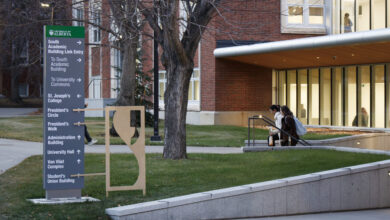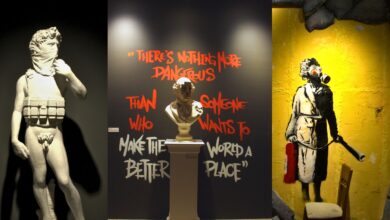Visiting Vancouver: Gulf of Georgia Cannery
Vancouver's rich history with Asian immigrants and fish canning is displayed at the Gulf of Georgia Cannery museum.
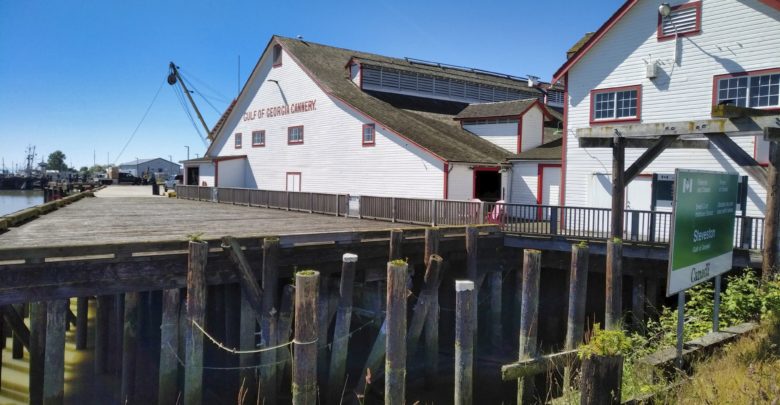 Alexander Cheung
Alexander CheungWho could’ve thought that a can of salmon could have so much history? I certainly wouldn’t have. That is, until I visited the Gulf of Georgia Cannery museum near Vancouver.
In canning’s heyday, there were 76 canneries scattered across British Columbia. It was one of the largest industries in the province employing hundreds of Chinese, Japanese, and Indigenous workers. This was at a time when anti-Asian discrimination was legal and Asians were welcomed in very few industries.
While the Gulf of Georgia Cannery closed in 1979, it began operations in 1894 and within three years, it was producing more than 2.5 million cans of salmon per year. In the 1980s, the local community fought hard to have the Steveston Cannery be declared a National Historic site and Parks Canada finally opened the museum to the public in 1994.
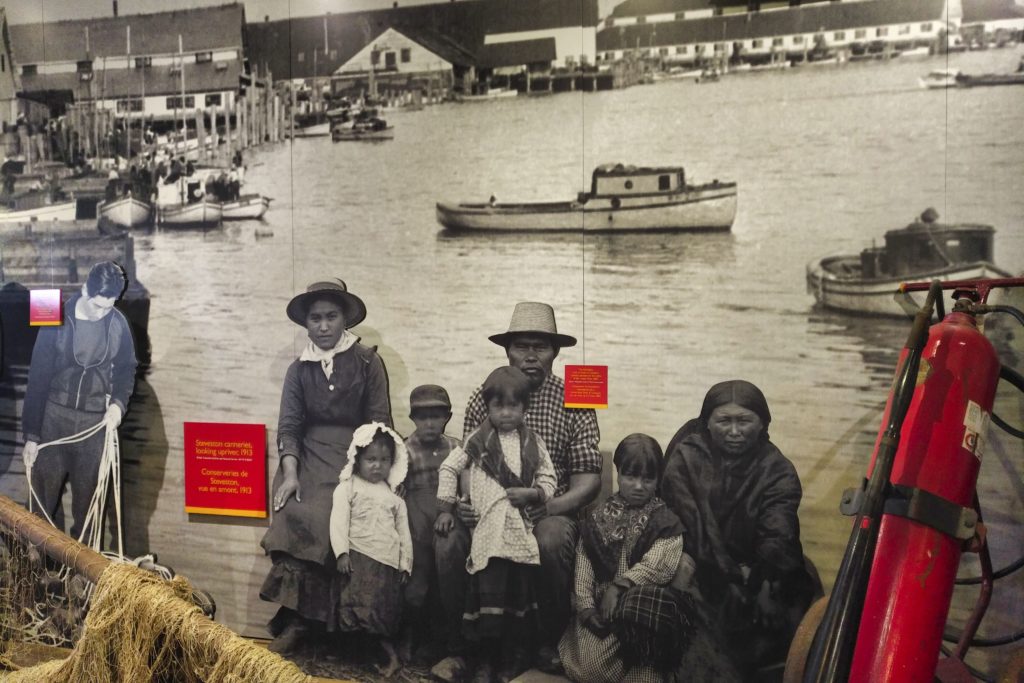
Unfortunately, both overfishing and changing consumer demand through the years (I.e. the ability to purchase fresh fish at your local supermarket) decimated the B.C. canning industry. Today, the B.C. canning industry has all but disappeared, with only the St. Jean’s Cannery on Vancouver Island still in operation. In this article, I will detail my time visiting the site as well as all the cool exhibits the museum had on display.
The first thing I noticed when walking into the museum was how cool it felt. The museum is right on the edge of the Fraser River and in some parts, you can see the river through the floorboards below.
The first exhibit is a full size replica of a human-powered fishing boat. Originally motorized fishing was prohibited on British Columbia waterways and folks had to go out with a fish net and a pair of oars to fish, which is just insane to think about today.
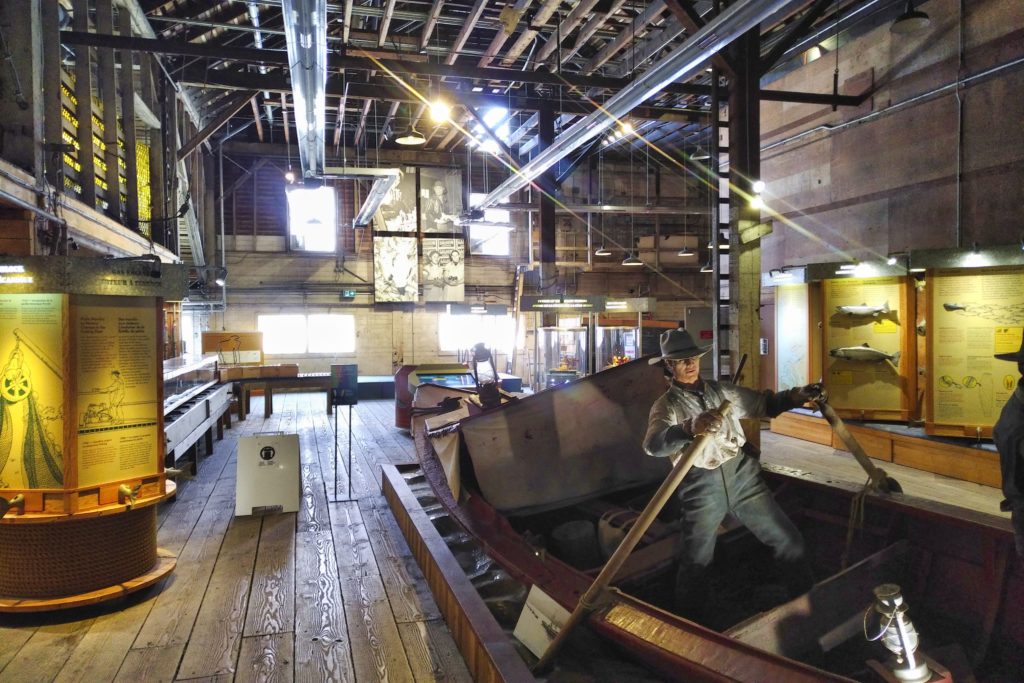
The ban on motor powered fishing was only lifted in 1924, however, only for white Canadians. It wasn’t until a Japanese Canadian by the name of Jun Kisawa took the issue to Court in 1928 and won, which gave all Canadians equal rights to use motorized vessels for fishing, regardless of race.
The wall adjacent to the fishing boat had full size replicas of fish such as halibut and yellowfin tuna so you could see what many of the fish would look like in the wild.
There were also other super cool exhibits as well. One area had a full-size interior replica of a fishing ship including the galley and sleeping areas. It reminded me of an episode of the Deadliest Catch on the Discovery Channel. Another area was an exhibit explaining all commercial fishing methods and their impact on the local ocean ecosystems.
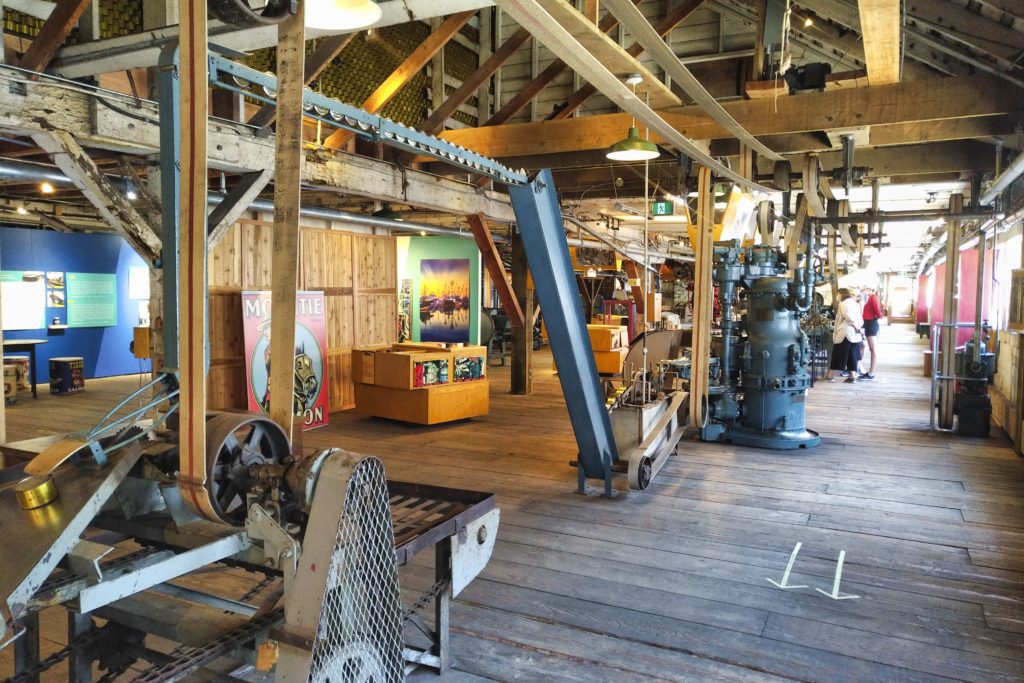
My favourite part of the exhibit was the canning line. The last can of sockeye salmon rolled off the production line in 1930 with the Great Depression causing nearly half of B.C.’s fish canneries to close. Even after the advent of mechanized means (i.e conveyor lines that mechanized the processing, steam cooking, and weighing of the final product), canning was still difficult work.
Every day boats would drop off fresh salmon at the cannery and Chinese Canadian men would move, gut, and process the fish by hand. In fact, when the job of cutting the fish into can sized pieces was first mechanized, one machine was able to do the work of six Chinese men.
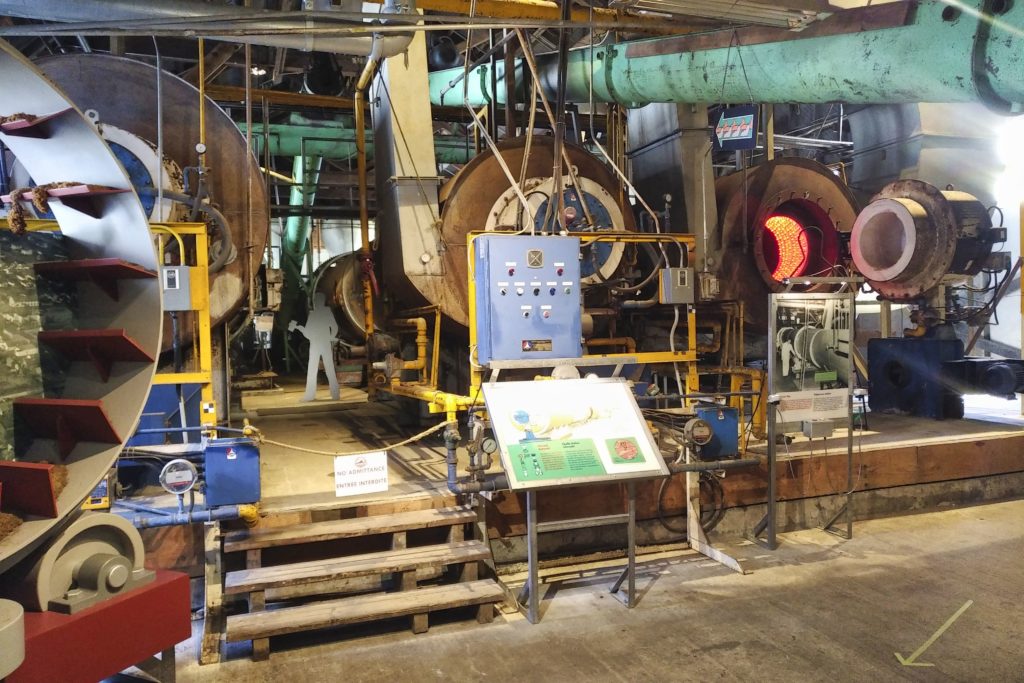
When the canning industry finally collapsed after the Second World War, the Steveston Cannery transitioned to herring reduction which produced both fish oil and fish meal. The museum itself still contains the original ovens, machines, and boilers used for herring reduction. In the 1970s, herring prices skyrocketed as Japanese foreign demand for roe increased exponentially, causing the cannery to shift production one last time. However, the economic realities of modern fishing caught up with the Steveston Cannery and it finally closed in 1979, which marked the end of widespread canning in B.C.
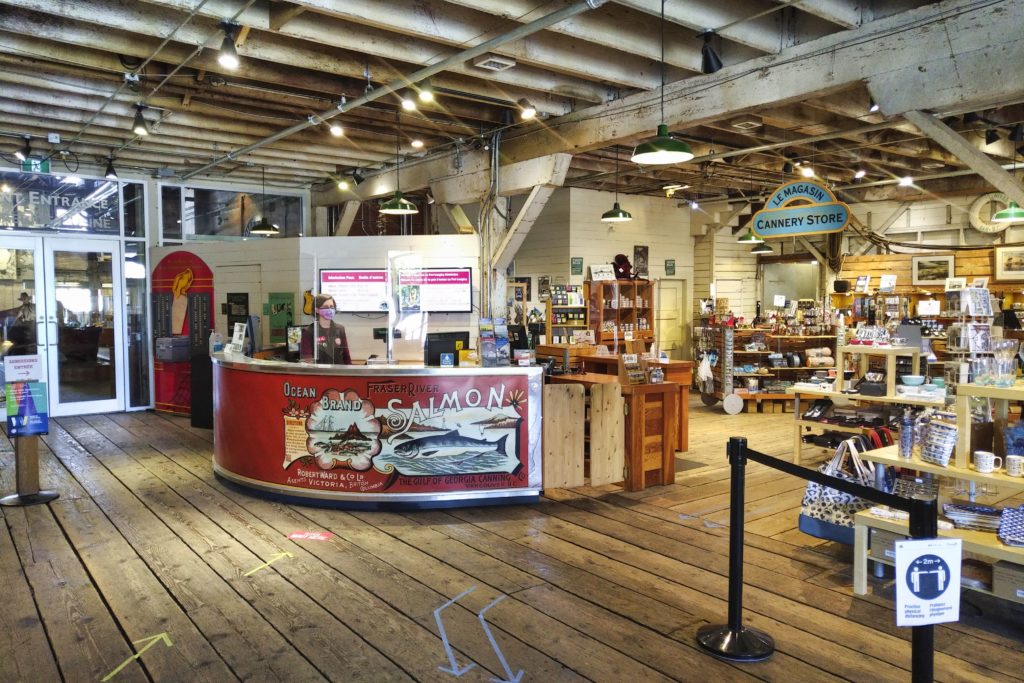
I had an amazing time visiting the Steveston Cannery when I was in Vancouver and it is definitely one of the coolest places I have visited in recent memory. It’s such a hidden gem in the Vancouver area that gets overlooked for other more well-known spots. It was definitely an eye-opening experience learning about B.C.’s rich fishing and canning history. Every exhibit was created with so much care and attention to detail. Without places like the Gulf of Georgia Cannery Museum, this rich heritage could have been easily lost in time.
I would definitely recommend a visit if you find yourself in Vancouver. I promise you’ll never look at a can of salmon the same way again.


